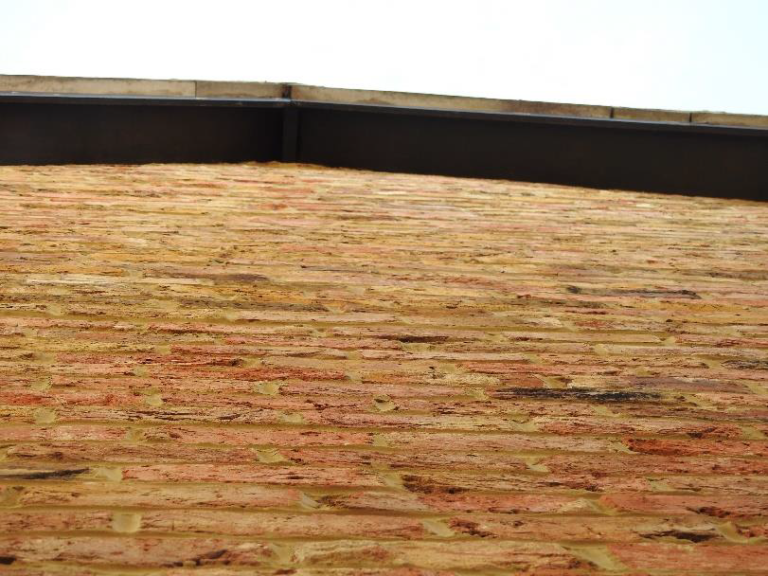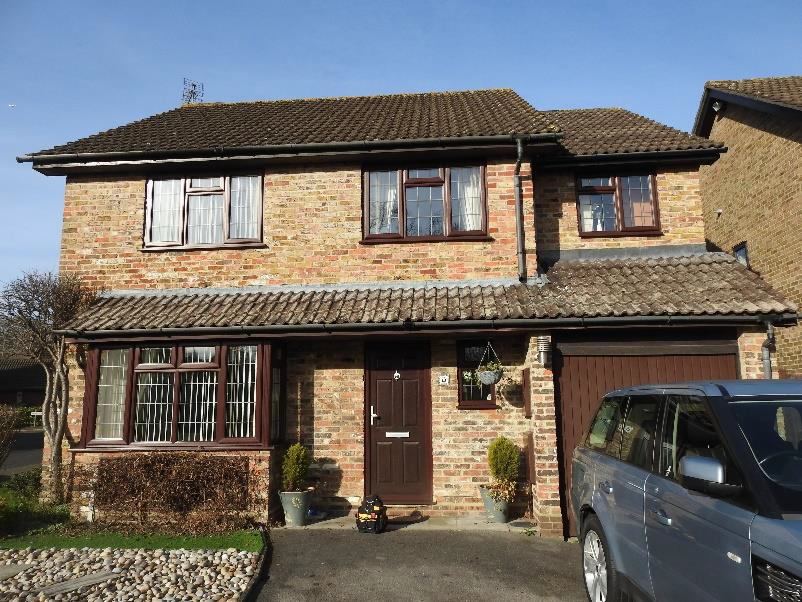Earlier this year, we undertook a survey on behalf of a client of a relatively modern 1990 built property which had the benefit of a two storey side extension. There was appropriate Building Regulation documentation which should ensure that the extension is constructed to appropriate regulatory standards.
Upon inspection, it was noted that the side/gable wall to the extension was noticeably ‘out of true’. Internally, there was no evidence of movement to this wall which might manifest itself in the form of cracking between the original section of the house and the extension.
The building was of traditional construction with a cavity wall. This is constructed of two separate ‘skins’ of brickwork which are tied together by plastic ties distributed at approximately 900mm centres horizontally and 450mm vertically. The purpose of these ties is to ensure that the two wall sections are effectively pulled together to make sure that the outer leaf of the cavity cannot move laterally.
There were indications from our survey of certain shortcomings with regard to the quality of this extension. It was felt that the deviation was outside normal tolerances for poor workmanship and there was a possibility that there had been some outward movement of this wall notwithstanding the lack of any obvious cracking.
The wall was, in part, restrained at the top by the roof but there was possibly no intermediate restraint and hence the bulge that was apparent.

We recommended that the client obtain a specialist report in relation to the condition/adequacy of the ties between the two walls of the cavity.
The specialist report revealed that there were no wall ties installed at the time of construction and hence outward movement of this wall had occurred. There was a distinct risk that further movement of this wall would occur years after our clients would have purchased the property with a distinct risk of ultimate collapse. In the alternative, during severe storms there is a possibility of structural failure of the wall.
This highlights the importance of always commissioning a survey, even if there is documentation that apparently is satisfactory regarding any extensions/alterations. Whilst there may be a reluctance to obtain specialist reports post survey, it is critical that these are obtained so that you are fully appraised as to any future potential problems. The cost of the remedial works in relation to this will run into several thousand pounds and the purchasers, thankfully, have avoided a costly problem.


